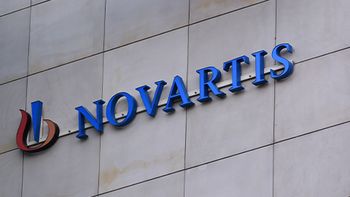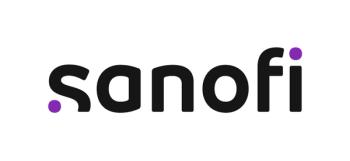
Jazz up your e-mails and memos
"It's the little things that make a big difference." You know that's true of your sales relationships, but that old adage also applies to your e-mails and memos.
"It's the little things that make a big difference." You know that's true of your sales relationships, but that old adage also applies to the e-mails and memos that you send to your boss and colleagues. A bad grade on a lackluster paper in English Composition 101 may have made you feel insecure about sending messages and memos, but don't let that hold you back.
The truth is that there are seven basic principles you can apply to write an effective memo.
Write a memo that sings and zings. Words are the magic of memos. Use words that create a picture or excite the imagination of the reader. Instead of writing "I want to tell you about the reportâ¦," consider writing "You won't believe the excitement, energy and enthusiasm I created when I demonstrated the efficacy and efficiency of our new product." I can assure you the reader of the latter message will want to continue reading your memo.
Avoid jargon. If your memo sounds like a Dilbert cartoon, cut to the chase and trim the overblown, meaningless meanderings. In other words, don't say "implement the erudite activity" when you mean to say "just do it."
Put the bottom line up front. State your purpose and your reason for submitting the memo in the first sentence. Give support for the purpose and then close. Forget long-winded arguments marching toward a limited bottom line.
Use bullets and arrows. Your readers like to see short little lists which open up space on the page.
Never present more than three issues. Your readers cannot digest more than three points in a speech, presentation or memo. Make your three most important points and then move on.
Think "What's in it for me?" Get into the mind of the recipient of your message. Questions that might guide you include: "So what?" "Who cares?" and "Why should I read this?" Whenever your message addresses these questions, you know you have a compelling message for your readers.
Be timely. With modern technology, there's no excuse to send notes late.
Follow the above principles, and you will be pleased with the progress and the response! PR
Newsletter
Lead with insight with the Pharmaceutical Executive newsletter, featuring strategic analysis, leadership trends, and market intelligence for biopharma decision-makers.




